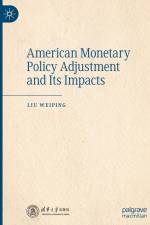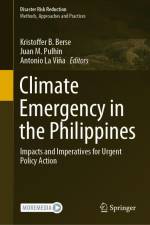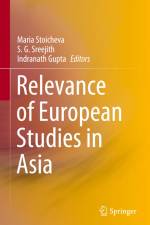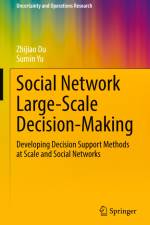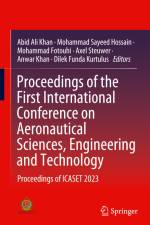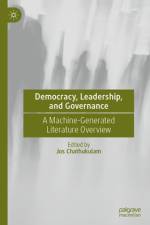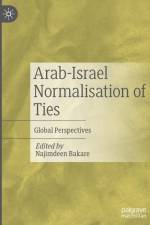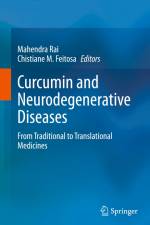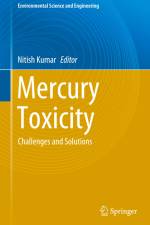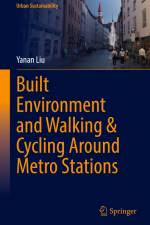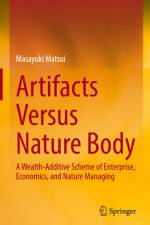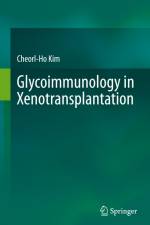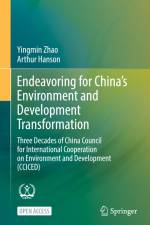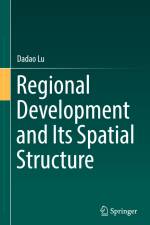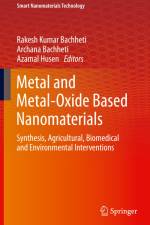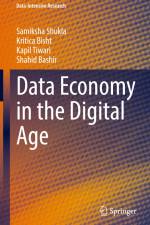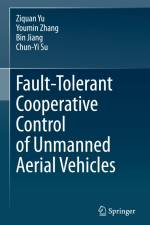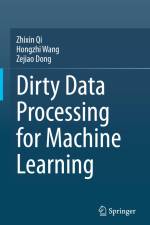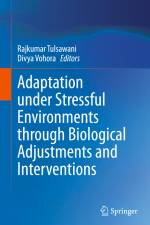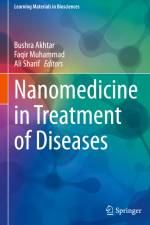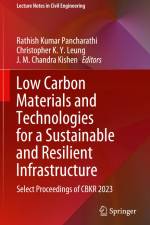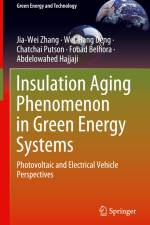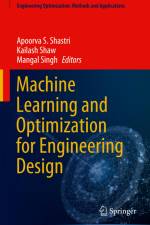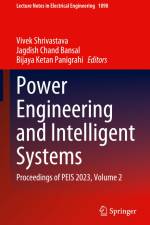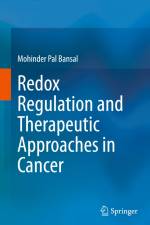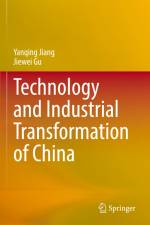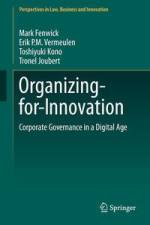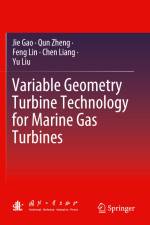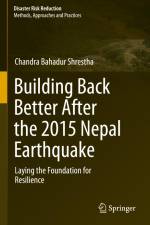av Rakesh Kumar Bachheti
1 661
The book in hand, namely ¿Metal and Metal-Oxide Based Nanomaterials (Synthesis, Agricultural, Biomedical and Environmental Interventions¿, focuses on the synthesis methods, characterization techniques, and diverse interventions utilizing these nanomaterials in the fields of agriculture, biomedicine, and environmental remediation. The specific applications discussed include food packaging, post-harvest disease management, crop production, drug delivery systems, other biomedical applications, photocatalytic degradation of environmental pollutants, and wastewater treatment. Additionally, it also addresses the potential risks associated with zinc nanoparticles in aquatic ecosystems and emphasizes the importance of further research and regulation in this field. Overall, the book provides valuable insights and serves as a comprehensive resource for researchers and scientists across various interdisciplinary subjects. It serves as a valuable resource for scientists, researchers, and students in nanotechnology, nanomedicine, environmental science, plant science, agriculture, chemistry, biotechnology, pharmacognosy, pharmaceuticals, industrial chemistry, and other interdisciplinary subjects. Moreover, this also inspires further research, innovation, and the development of sustainable solutions for a better future.

